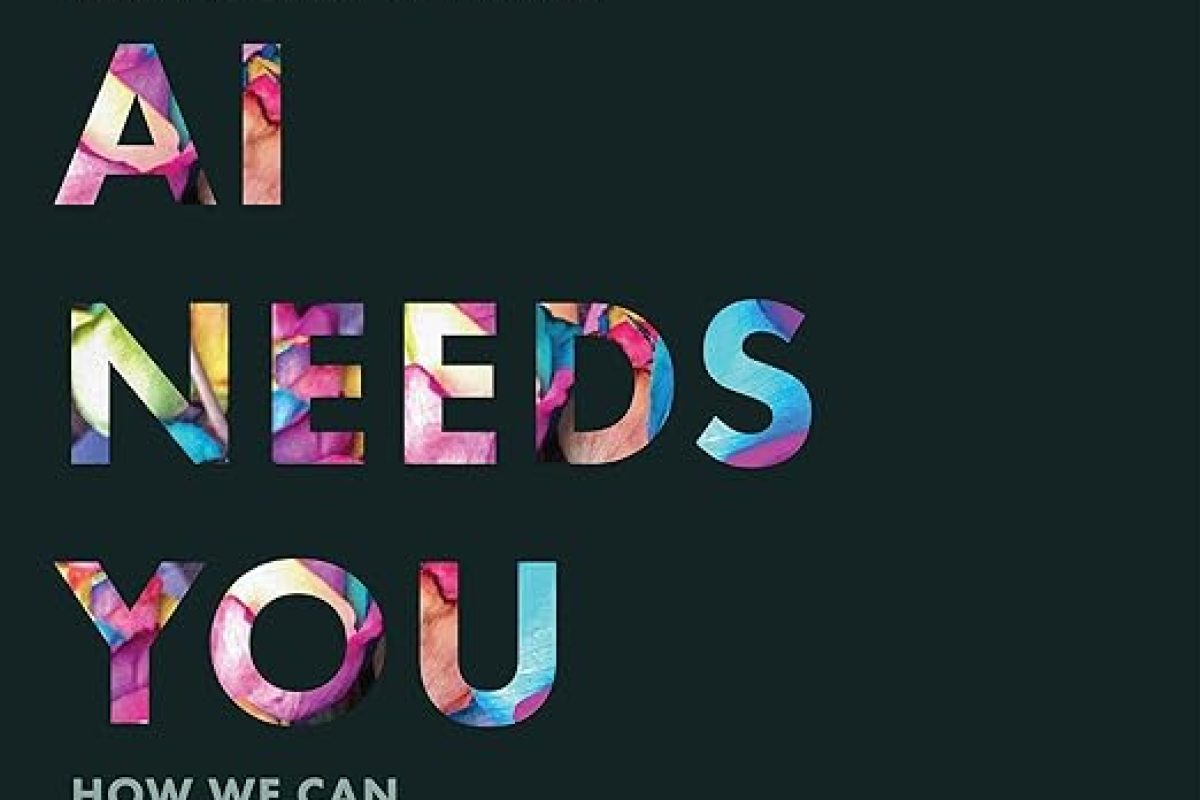“AI Needs You: How We Can Change AI’s Future and Save Our Own,” by Verity Harding, is a smart, down-to-earth guide for anyone who wants to understand what artificial intelligence is doing to our world—and what we can do about it. AI isn’t just about self-driving cars or talking speakers in your living room; it touches almost every corner of our lives, often in ways we barely notice. Harding believes that everyday people, not just tech insiders, deserve a say in where AI is headed, and that we need to jump into the conversation before it’s too late.
Right from the start, Harding sets a friendly, approachable tone. She never assumes you have a Ph.D. in computer science, and she’s careful to explain everything in terms we can all grasp. She outlines how AI makes its decisions—by learning patterns from huge piles of data—and why that matters. The result is a crash course in the basics of AI that feels more like a chat with a well-informed friend than a lecture.
But this book isn’t just about understanding AI; it’s about understanding power. Harding points out that a handful of big companies and government agencies have enormous influence over the direction AI takes. If these groups fail to consider fairness, human rights, and social impact, their technology can reinforce discrimination and spread misinformation. Think about facial recognition software that works better on some skin tones than others, or recommendation algorithms that push you into a filter bubble of one-sided news. Harding makes it clear: if we don’t step up and shape AI’s future, we risk living in a world made less fair and less free by the very tools meant to make things easier.
Still, this isn’t a doomsday rant. Harding believes we’re at a crucial turning point, and that we have reason to be hopeful—if we act now. She highlights how regular people can push for stronger regulations, demand more transparency from tech companies, and support policies that put human values at the center of AI development. In one particularly memorable example, Harding describes efforts to involve local communities in AI policy, giving them a real voice in deciding how facial recognition is used by law enforcement. She shows that when citizens get involved, they can influence the rules that shape the technology around them.
Throughout the book, Harding takes care to connect high-level ideas to everyday experiences. Whether it’s the AI that decides what shows up on your social media feed, the predictive text on your phone, or the systems that influence which job applicants get interviewed, we’re all affected by AI in subtle but important ways. By making these connections clear, Harding helps us see why we can’t just leave AI to the “experts.”
If the book has a shortcoming, it’s that it occasionally leaves readers hungry for more concrete steps to take. Harding urges us to get involved, to lobby our representatives, to join public discussions—but readers might wish for even more examples of specific organizations and actions. Still, the message is strong: we all have a role to play, and even small steps can make a difference.
“AI Needs You” reads like a wake-up call and a pep talk rolled into one. It tells us that AI isn’t some far-off science fiction creation; it’s here right now, and it needs our input. Harding’s take is both realistic and empowering: yes, there’s plenty to worry about, but there’s also plenty we can do. With warmth and clarity, she makes a convincing case that our future with AI can be more equitable, more respectful, and more human—if we’re willing to stand up and shape it.




